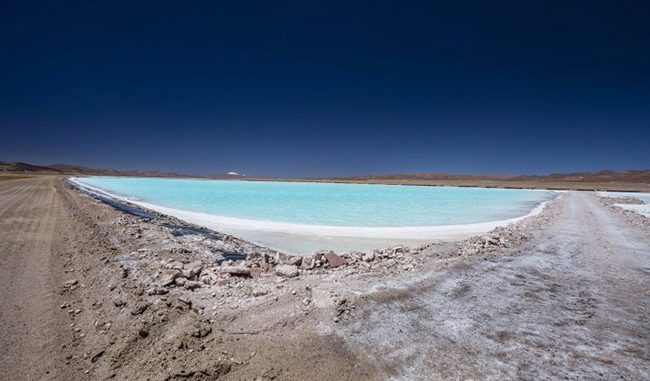
From February 2018
How Seawater Desalination Works
Desalination is a complicated process, the Seven Seas Corp.* approached DaVinci Studio to develop an animation that simplified the explanation of the process. Taking a cue from Seven Seas we started with squiggly style animation to give the technical looking components a non-technical look. Bottom line is to go from engineering-speak to the layman’s level.
Desalination (also called “desalinization” and “desalting”) is the process of removing dissolved salts from water, thus producing fresh water from seawater or brackish water. Desalting technologies can be used for many applications. The most prevalent use is to produce potable water from saline water for domestic or municipal purposes.
New desalination membrane, produces both drinking water and lithium
A team of scientists from Australia and the US has developed a new water desalination technique that can not only make seawater fresh enough to drink, but recover lithium ions for use in batteries.
The key to the process is metal-organic frameworks (MOFs), which boast the largest internal surface area of any known material. Unfolded, a single gram of the material could theoretically cover a football field, and it’s this intricate internal structure that makes MOFs perfect for capturing, storing and releasing molecules.
Recent research into the material could see MOFs put to work as carbon emission sponges, high-precision chemical sensors, and urban water filters. Currently, reverse osmosis membranes are the most commonly-used technology for water filtration, and they work on a fairly simple principle. The membrane’s pores are large enough for water molecules to pass through, but too small for most contaminants. The problem is that to work, these systems require water to be pumped through at relatively high pressure. MOF membranes, on the other hand, can be more selective and efficient.
Researchers at Monash University, the CSIRO and the University of Texas at Austin have now developed just such a membrane. The design was inspired by the “ion selectivity” of biological cell membranes, allowing the MOF material to dehydrate specific ions as they pass through. Better yet, these filters don’t require water to be forced through, saving on energy use as well. “We can use our findings to address the challenges of water desalination,” says Huanting Wang, an author of the new study. “Instead of relying on the current costly and energy intensive processes, this research opens up the potential for removing salt ions from water in a far more energy efficient and environmentally sustainable way.”
But clean drinking water isn’t the only end product of the MOF membrane. Lithium is in high demand, thanks to the lithium-ion batteries that power everything from smartphones to electric cars. Those ions are left behind in the spongey structure, ready for the taking.


